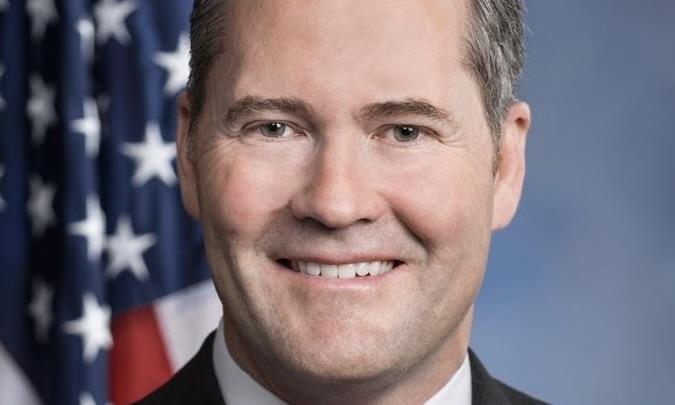The pharmaceutical firm Vertex presented positive Phase 3 data last month highlighting the investigational, oral non-opioid pain medicine suzetrigine’s potential as a first-in-class treatment at the American Society of Anesthesiologists Annual Meeting. The data showed good safety, tolerability and efficacy. The Food and Drug Administration is due to decide on the drug’s approval in January 2025. At the same time, the No Pain Act could help boost uptake of suzetrigine, as it will mandate Medicare insurance coverage for non-opioid pain management in ambulatory surgical centers and hospital outpatient departments per the first of January.
Suzetrigine’s phase 3 program consisted of three studies: two randomized, double-blind, placebo-controlled trials and one single-arm safety and efficacy study. While the first two trials evaluated suzetrigine following abdominoplasty and bunionectomy surgeries, respectively, the third study enrolled patients with a diverse range of surgical and non-surgical acute moderate-to-severe pain conditions to assess the product’s safety and efficacy in various settings. Here, the most common surgical procedures were orthopedic, plastic and those involving the ear, nose, throat and related parts of the head and neck. The most common non-surgical conditions were sprains and strains of the upper and lower extremities. No serious adverse events were reported, More than five out of six trial participants rated the effectiveness of suzetrigine for treating pain as good, very good, or excellent.
Although prescription opioids are effective for managing pain, their use can lead to some patients developing substance use disorders. In 2021, 1.1 million Medicare beneficiaries were diagnosed with an opioid use disorder, and 50,000 experienced an overdose from illicit opioids, prescription opioids or both.
The No Pain Act provisions are designed to expand access to non-opioid treatment for pain in ambulatory surgical centers and hospital outpatient departments. including evidence-based treatments such as non-opioid medications and physical therapy.
Currently, hospitals receive the same payment from Medicare regardless of whether a doctor prescribes an opioid or a non-opioid. And so, typically hospitals have favored opioids, which are dispensed by a pharmacy upon a patient’s discharge at little or no cost to the hospital.
This situation will change following enactment of the No Pain Act, at least in the ambulatory surgical and hospital outpatient settings. The Centers for Medicare and Medicaid Services issued guidance on which non-opioid pharmaceuticals would be subject to the law’s provisions on enhanced access as of 1 January 2025. For example, Exparel (liposomal bupivacaine) and Zynrelef (bupivacaine/meloxicam), are two of six currently approved non-opioid treatment alternatives.
However, there will still be commercial and Medicaid insurer challenges, as these payers don’t fall under the Act’s provisions. And even in Medicare, health plans can opt for coverage restrictions such as patient cost-sharing and other utilization management practices. Medicare Part D (outpatient) often steer pain patients towards the lowest cost options, which typically end up being generic opioids.
Building on the No Pain Act, Senators Thom Tillis (R-NC) and Mark Kelly (D-AZ) have introduced the Alternatives to Pain Act. This bipartisan legislation aims to provide improved access to non-opioid treatments for pain management for seniors and disabled folks. If enacted, this law would limit patient cost-sharing for patients receiving non-opioid pain relief under Medicare plans that cover outpatient therapeutics; prohibit the utilization of step edits that require patients to try a lower-priced prescription drug before “stepping up” to a more expensive medication such as a non-opioid alternative; encourage shared decision-making between patients and their healthcare providers regarding preferences in pain management choices.
With several non-opioid treatment alternatives currently on the market and others, like suzetrigine in the pipeline, sponsors of the legislation which already passed, the No Pain Act, as well as those of the bill that was introduced in Congress, the Alternatives to Pain Act, hope that a level playing field in terms of access will help lower the prevalence of opioid use disorders.












